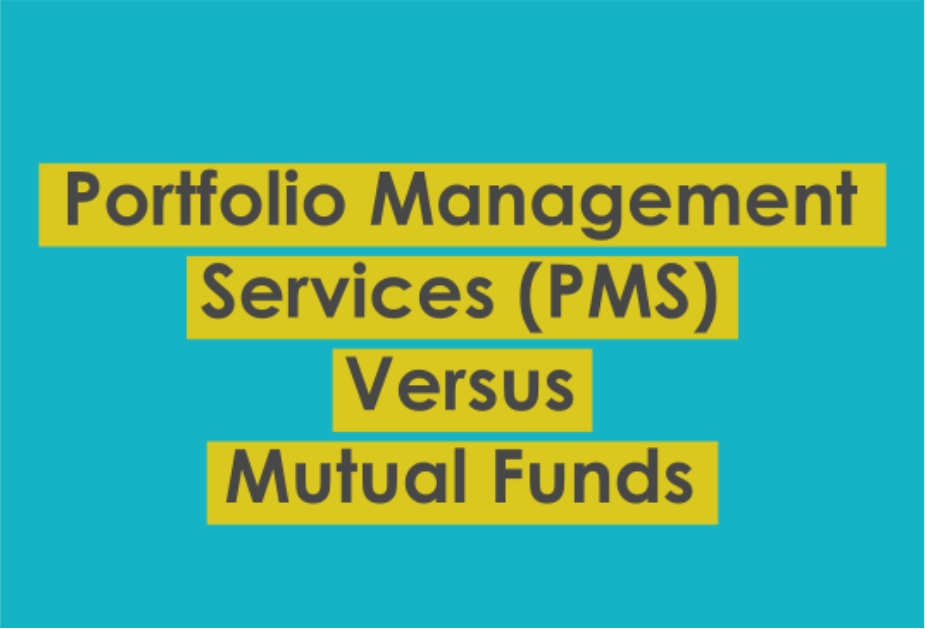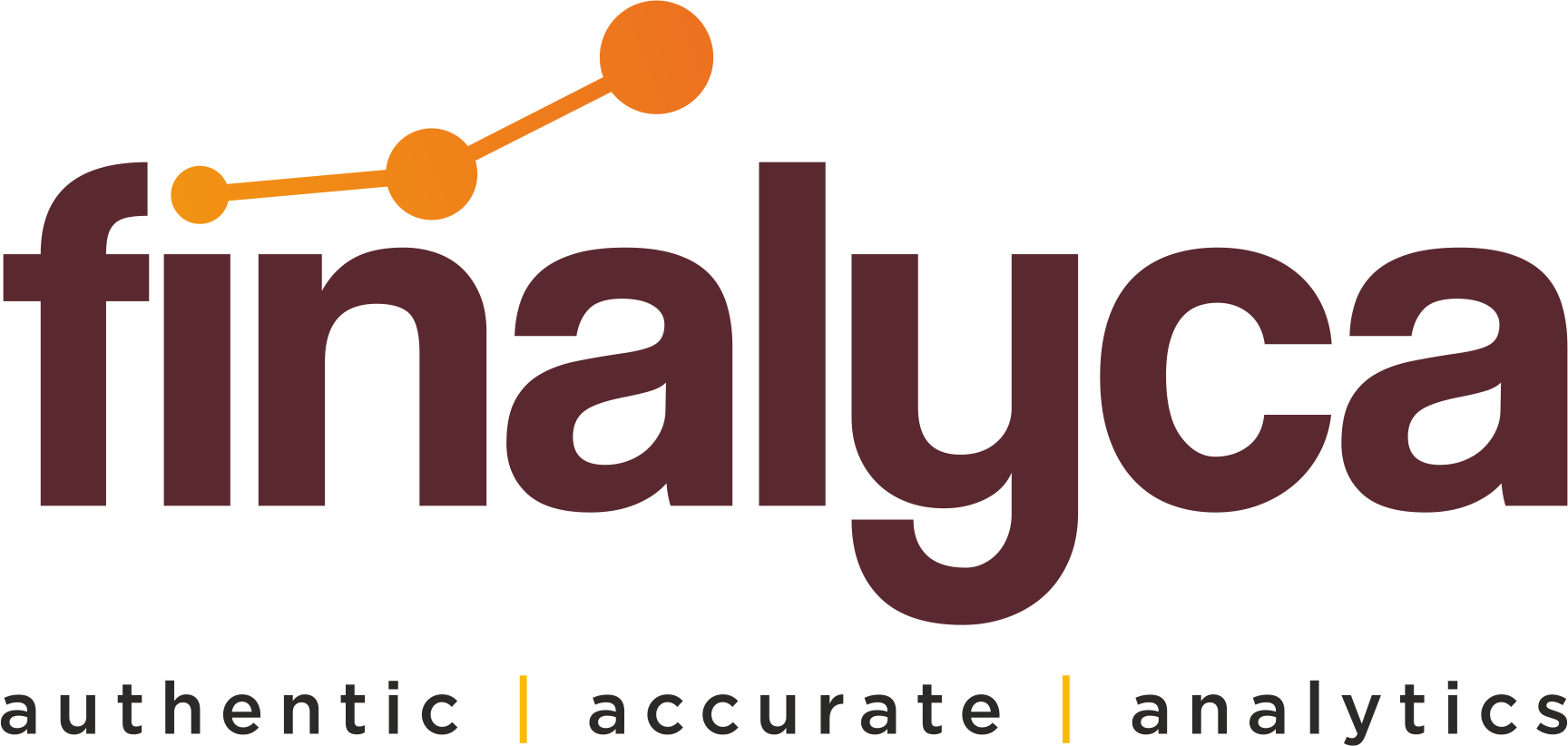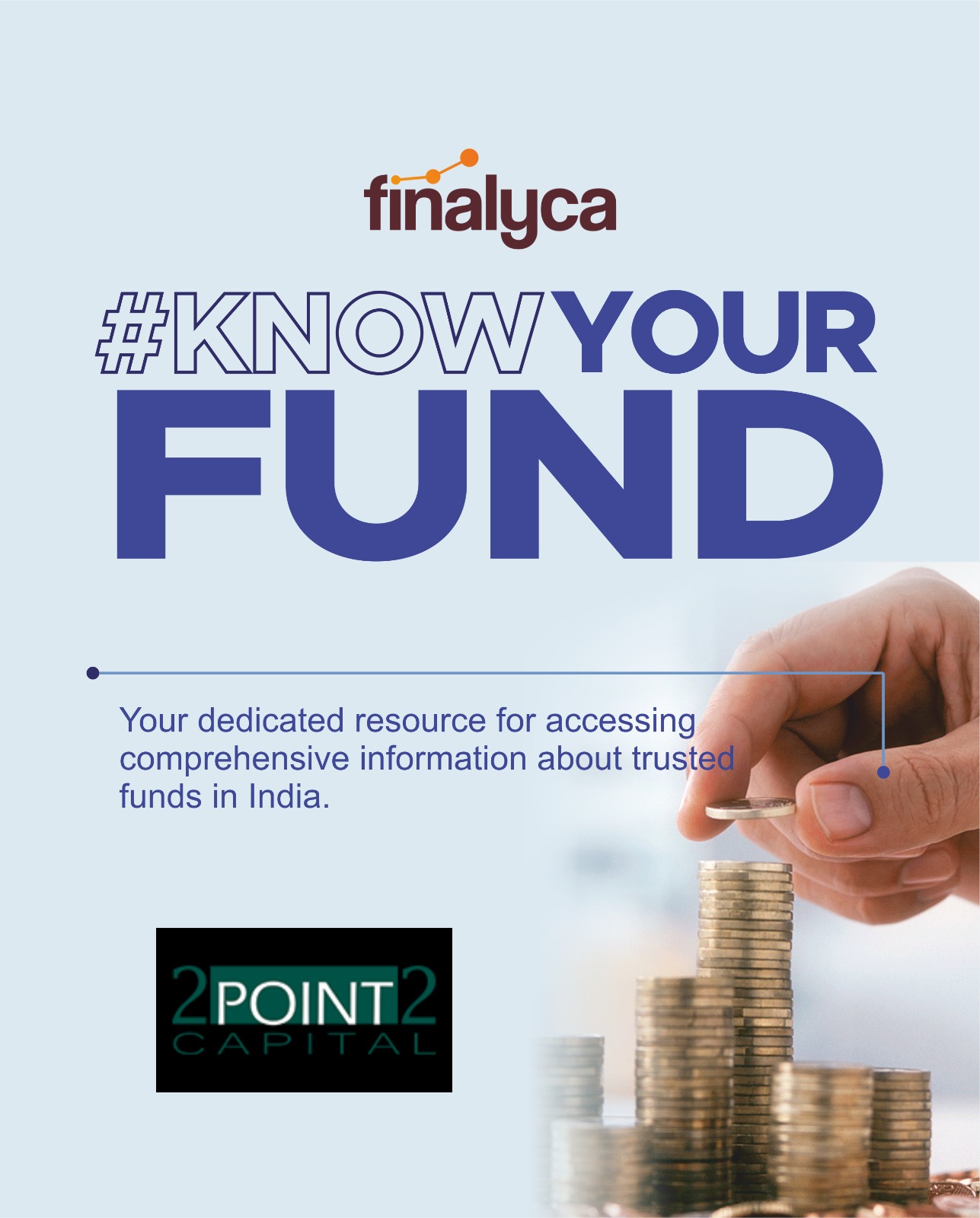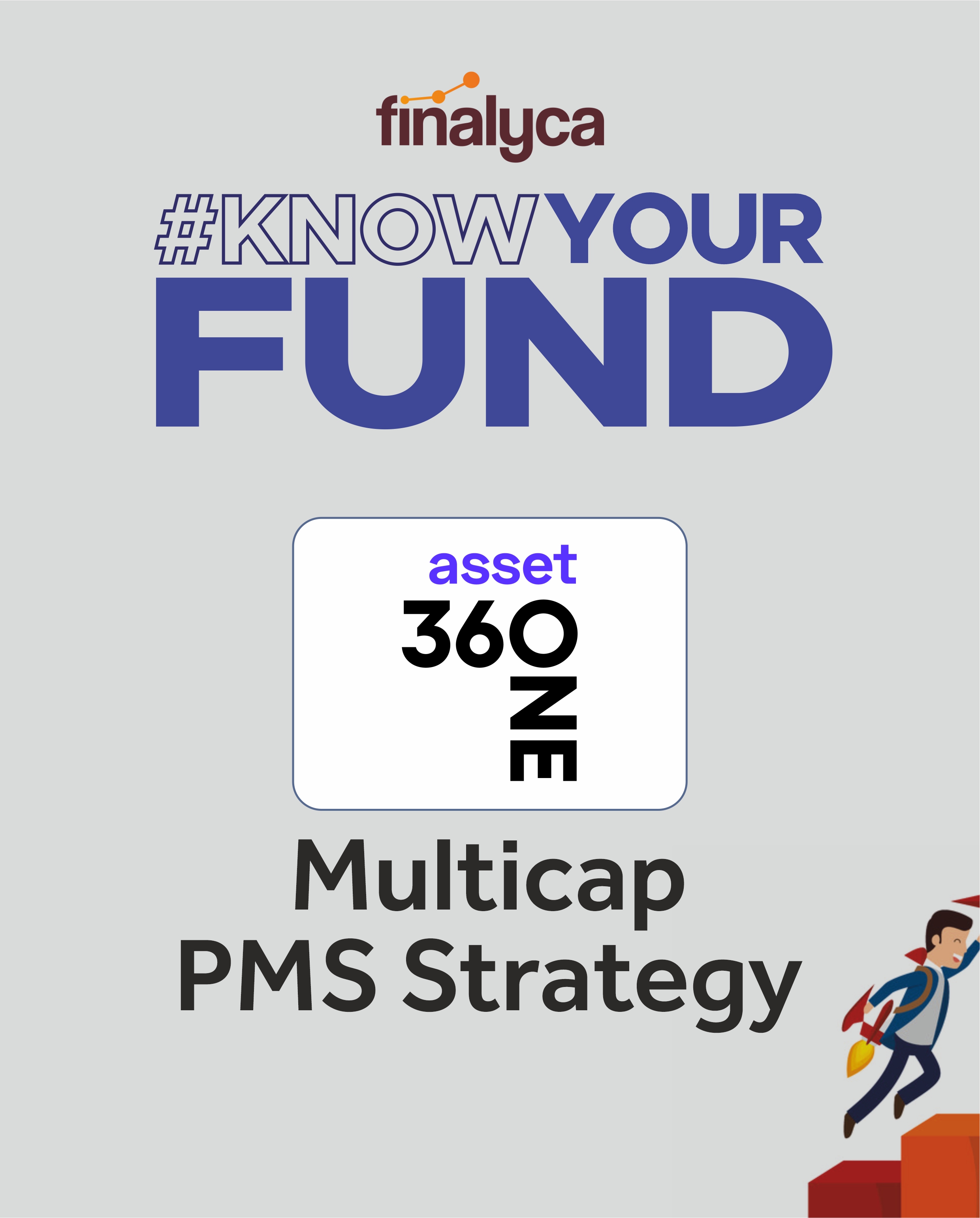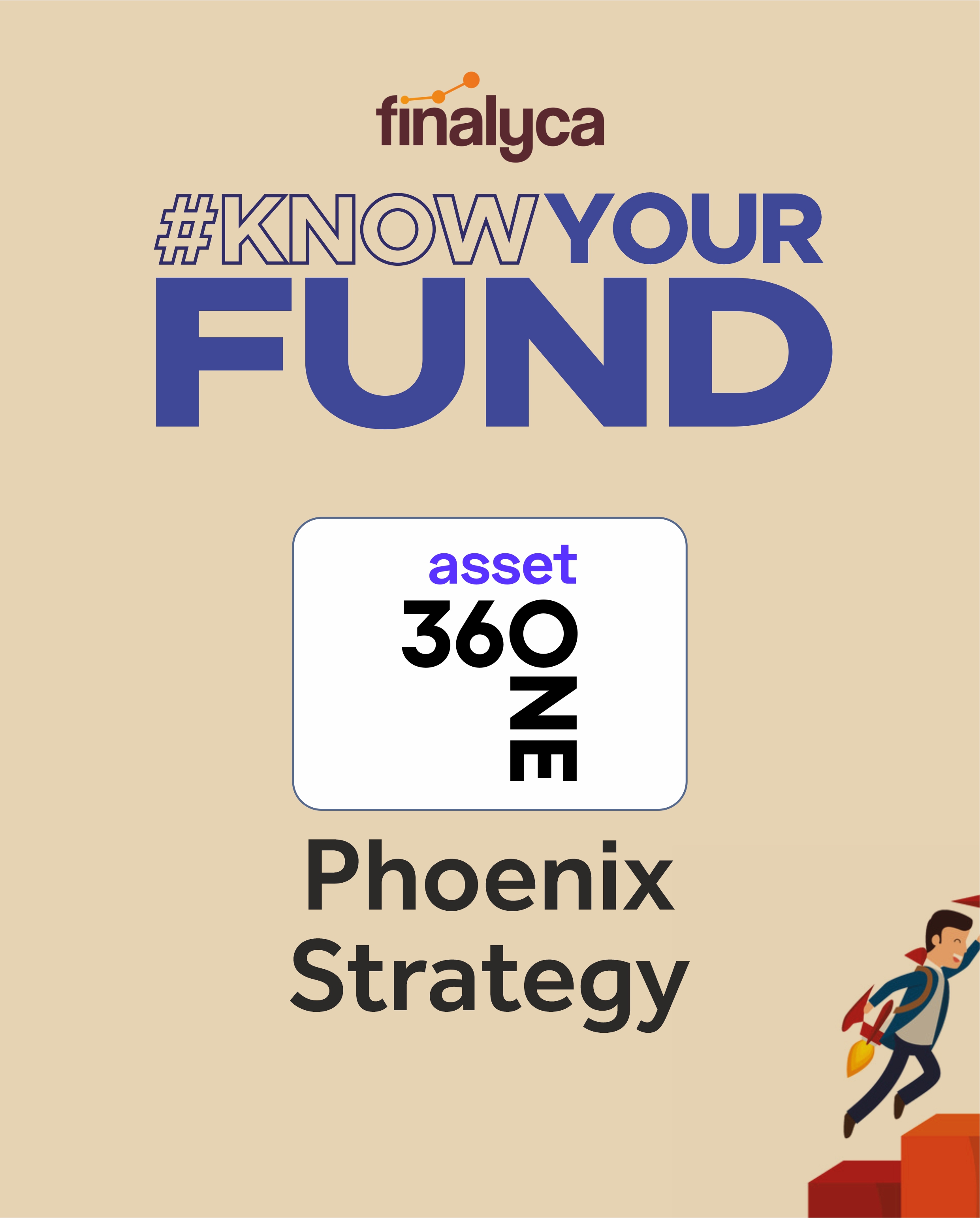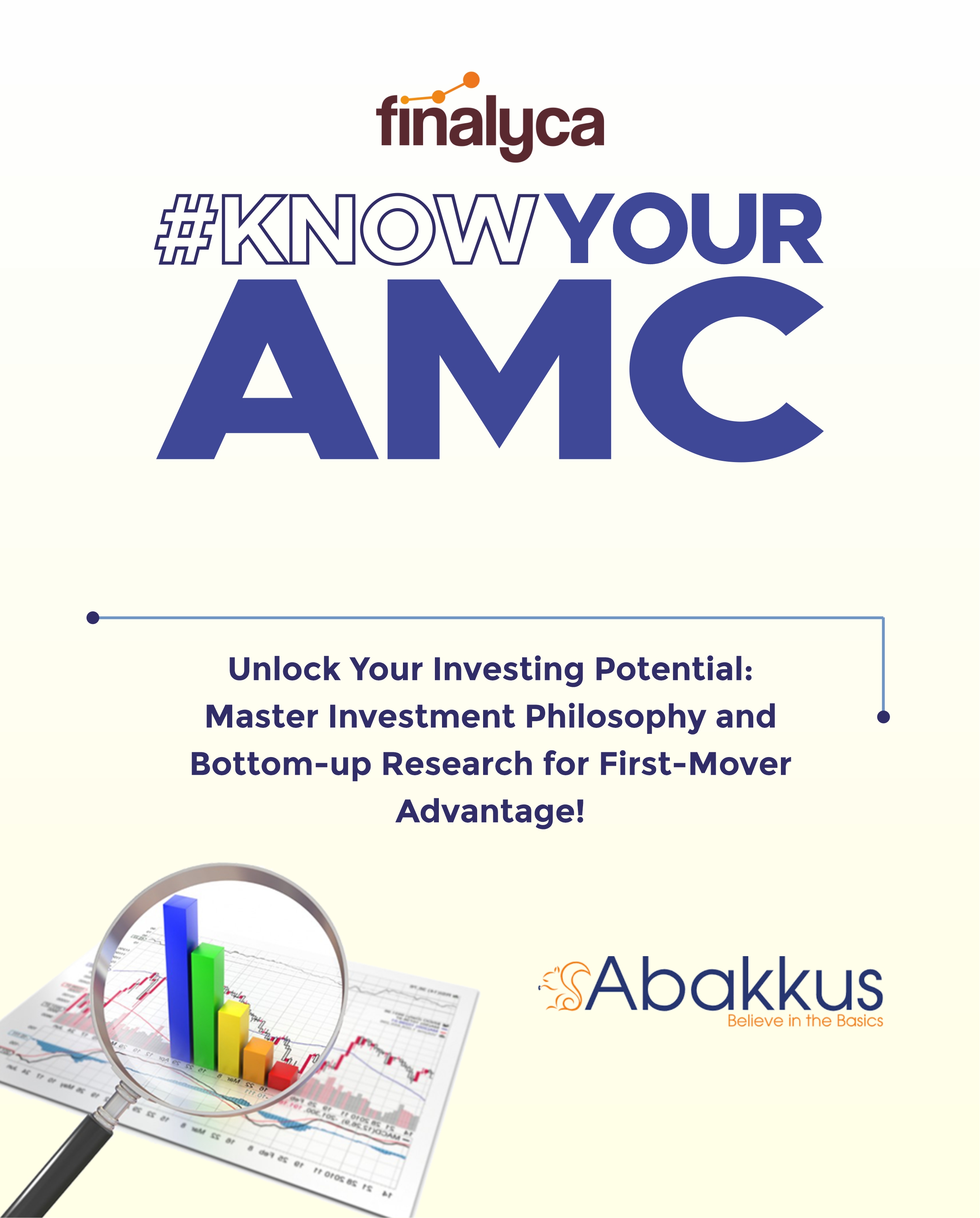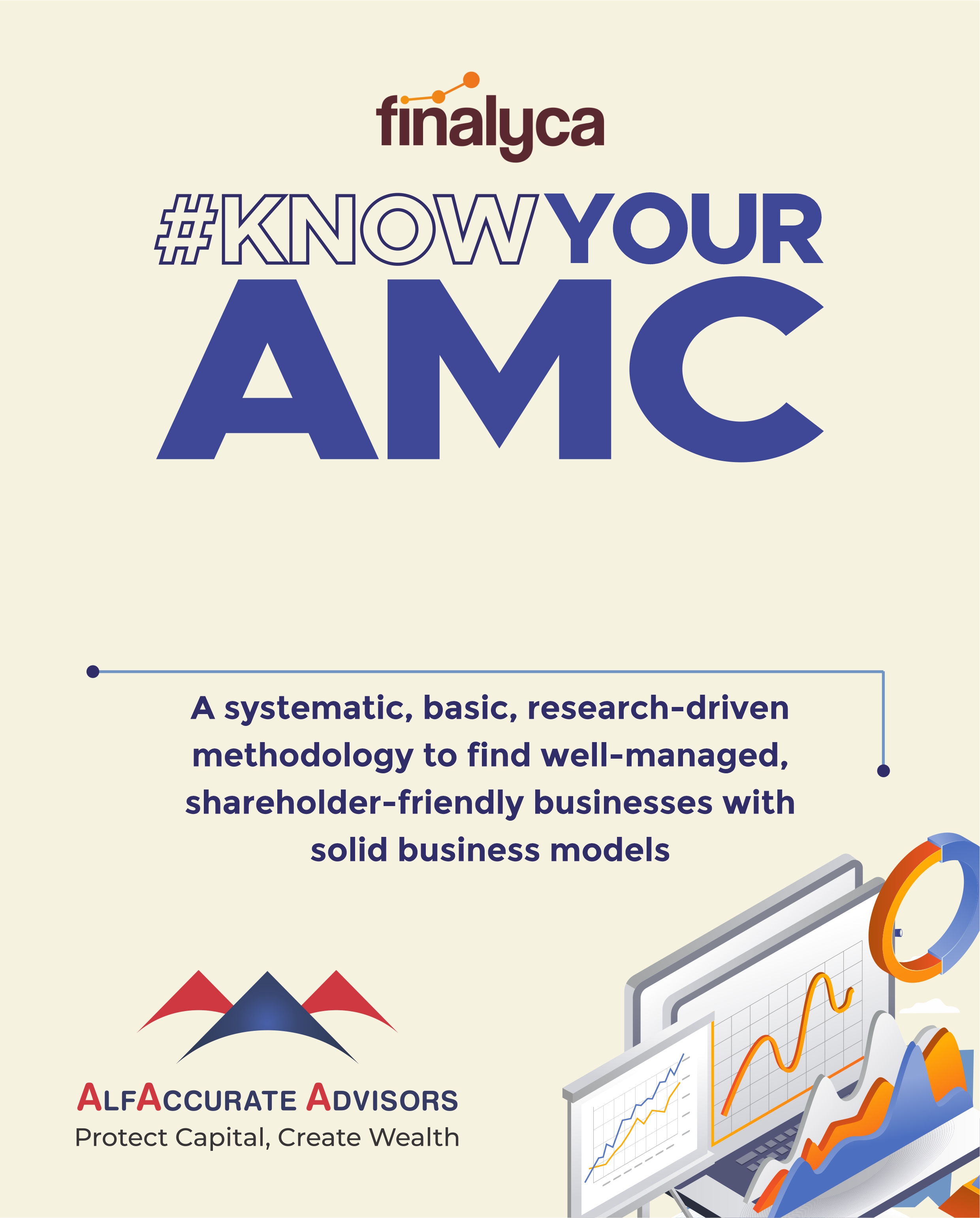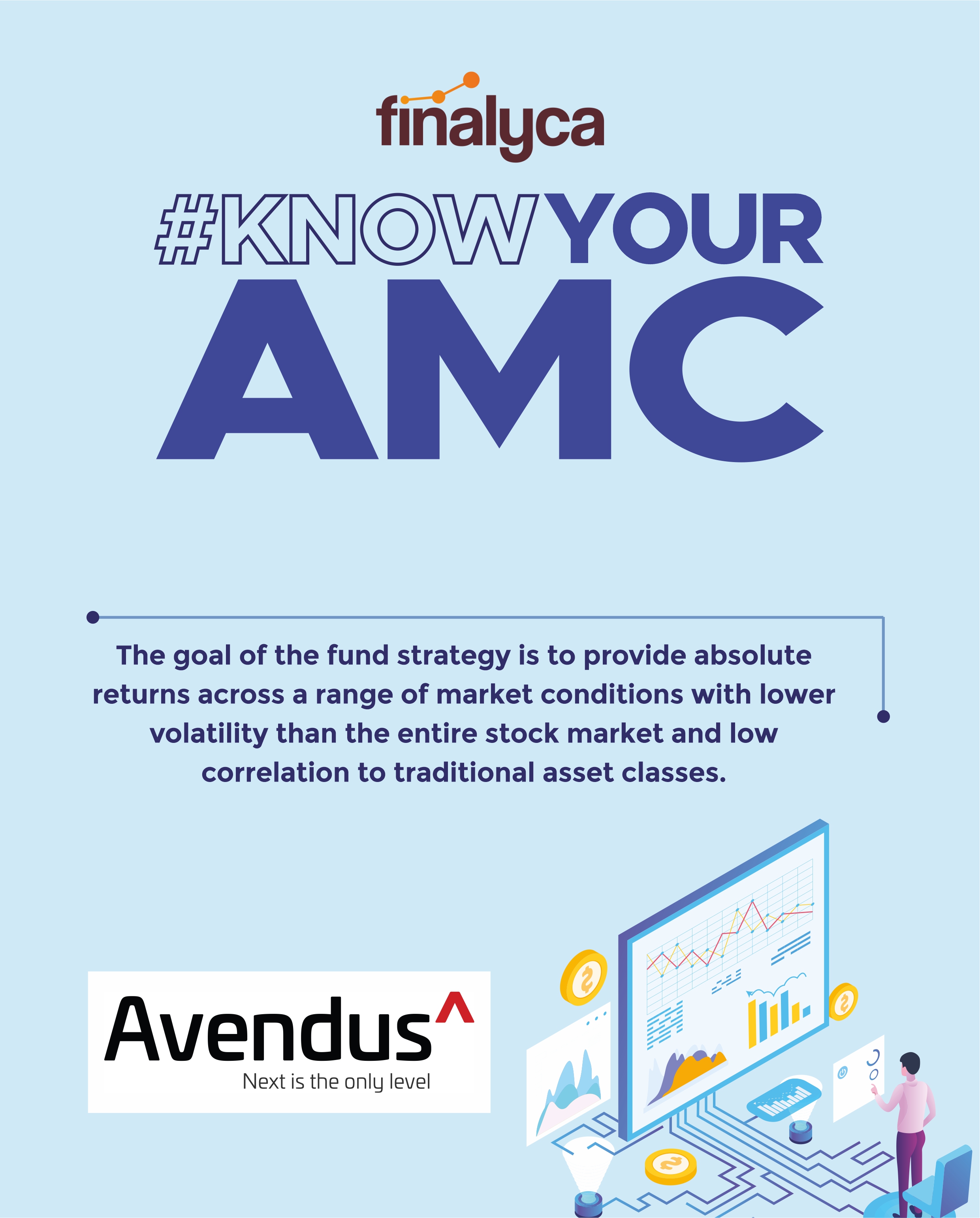Stories & Ideas

### Top PMSes for Financial Growth | Finalyca In today’s dynamic financial landscape, managing investments effectively is crucial for achieving your financial goals. Portfolio Management Services (PMS) offer a personalized approach to investment management, catering to the unique needs of individual investors. At Finalyca, we understand the importance of selecting the right PMS to enhance your portfolio and drive financial growth. In this blog, we’ll explore the top PMSes in India that can help you achieve your financial objectives. #### What are PMSes? Portfolio Management Services (PMS) are investment services offered by professional fund managers to manage the investments of high-net-worth individuals (HNIs). Unlike mutual funds, PMS offers a personalized investment strategy tailored to your risk profile and financial goals. This service allows for greater flexibility and direct ownership of securities, ensuring that your investments align closely with your preferences. #### Why Choose PMS for Financial Growth? Investing in PMS can be a game-changer for your portfolio. Here are some compelling reasons to consider PMS for financial growth: - Expert Management: PMS is managed by experienced professionals who possess in-depth market knowledge and investment expertise. This ensures that your investments are in capable hands. - Tailored Strategies: Each investor has unique financial goals and risk tolerances. PMS provides personalized strategies that cater to your specific needs, whether you’re aiming for aggressive growth or stable income. - Access to Alternative Investments: PMS often includes investments in assets beyond traditional stocks and bonds, such as private equity, real estate, and hedge funds, enhancing diversification. - Potential for Higher Returns: With a focused investment approach and professional management, PMS has the potential to deliver superior returns compared to traditional investment options. ##### Here are some of the PMS offerings in India: - IIFL Special Opportunities Fund - Overview: This fund focuses on investing in pre-IPO companies with high growth potential. - Strengths: It offers investors the chance to benefit from early-stage investments that could yield significant returns. - Kotak India Growth Fund - Overview: Targeting mid-market and growth-stage companies, this fund seeks to capitalize on emerging sectors. - Strengths: With a diversified portfolio and strong performance history, it’s an excellent choice for growth-oriented investors. - ICICI Prudential AIF Real Estate Fund - Overview: Focused on residential real estate projects, this fund aims to tap into India’s booming real estate market. - Strengths: It provides a unique opportunity for investors looking to gain exposure to the real estate sector without direct ownership. - Tata Opportunities Fund - Overview: This fund makes strategic investments in large, established companies across various sectors. - Strengths: Backed by Tata Group’s expertise, it offers reliability and growth potential for investors. - HDFC Alternative Investment Fund - Overview: Utilizing a long-short equity strategy, this fund aims to balance risk and return effectively. - Strengths: It’s ideal for investors seeking a more nuanced approach to equity investments. - ChrysCapital - Overview: Focused on established companies, ChrysCapital has a proven track record in private equity. - Strengths: Its extensive experience and strategic investments make it a reliable option for long-term growth. ### How Finalyca Can Help You Choose the Right PMS? At Finalyca, we specialize in helping clients navigate the complex world of PMS. Our team conducts thorough portfolio assessments and risk profiling to ensure that you find the PMS that aligns with your financial goals. We provide personalized recommendations based on your unique investment strategy, ensuring you make informed decisions for your financial future. Choosing the right Portfolio Management Service is a crucial step towards achieving financial growth. With the right PMS, you can benefit from expert management, personalized strategies, and access to alternative investments. If you’re ready to enhance your financial growth, contact Finalyca today for tailored PMS solutions designed to meet your needs.
![[object Object]](/Images/blog_images/understanding_risk_and_returns_in_alternative_investments.jpg)
![[object Object]](/Images/blog_images/how_digital_platforms_are_changing_alternative_investment_fund_management.jpg)
![[object Object]](/Images/blog_images/renewable_energy_and_alternative_investments.png)
















